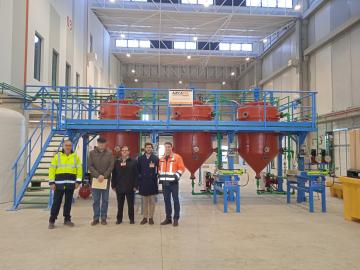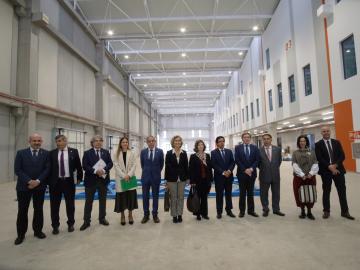Plastic Sea
Impacts of microplastic on the ocean, sea salt and aquaculture
Chief researcher
Researcher
Location
Allied agents
Summary of the proposal
This project will be run in order to assess the levels of microplastics (MPs) in the waters, sediments and bivalves of the Portuguese coast, and to identify sources of MP pollution. Also, to monitor and quantify MPs in sea salt in different areas of production and identify the main sources and routes; as well as defining methods for the analysis of MPs in sea salt and good production practices to minimize MP contamination in sea salt. Additionally, to assess the occurrence of MPs in major bivalve aquaculture production facilities, and to contribute to the development of standardized MP sampling methods in aquaculture areas. The possible routes of MPs will be identified and evaluated by means of oceanographic models. Furthermore, this project also aims to describe the population in terms of environmental susceptibility and other intrinsic parameters and to determine levels of MPs and their additives in maternal blood, blood in the umbilical cord of newborns and the placenta material. To identify the transference of MPs in humans and human populations, identifying the risk. To disseminate the project to the public, making the results known, with the aim of raising awareness, understanding and action regarding the matter of plastic pollution.
Expected results and indicators
This project will be run in order to assess the levels of microplastics (MPs) in the waters, sediments and bivalves of the Portuguese coast, and to identify sources of MP pollution. Also, to monitor and quantify MPs in sea salt in different areas of production and identify the main sources and routes; as well as defining methods for the analysis of MPs in sea salt and good production practices to minimize MP contamination in sea salt. Additionally, to assess the occurrence of MPs in major bivalve aquaculture production facilities, and to contribute to the development of standardized MP sampling methods in aquaculture areas. The possible routes of MPs will be identified and evaluated by means of oceanographic models. Furthermore, this project also aims to describe the population in terms of environmental susceptibility and other intrinsic parameters and to determine levels of MPs and their additives in maternal blood, blood in the umbilical cord of newborns and the placenta material. To identify the transference of MPs in humans and human populations, identifying the risk. To disseminate the project to the public, making the results known, with the aim of raising awareness, understanding and action regarding the matter of plastic pollution.




